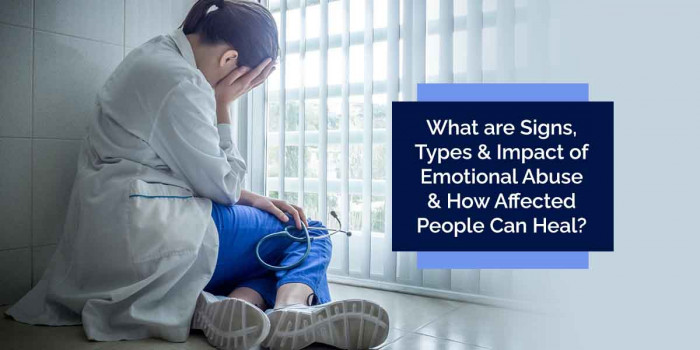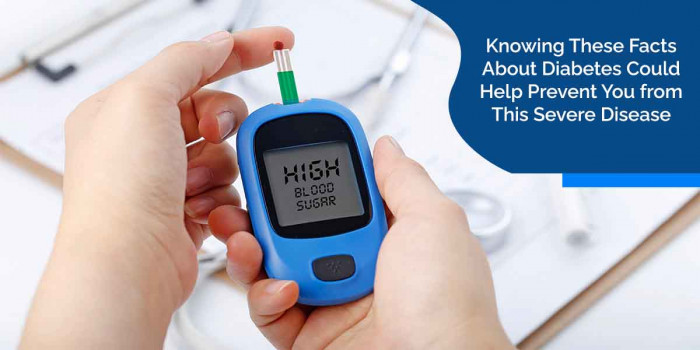Understanding the Myofascial Pain Syndrome (or Muscle Pain)
Myofascial Pain Syndrome is a chronic pain disorder that causes pain and inflammation of the muscles or soft tissues in the body. Read about its signs & symptoms, causes, diagnosis, prevention & treatment.
.jpg)
MPS or Myofascial Pain Syndrome, also known as CMP (Chronic Myofascial Pain) and myofascial pain and dysfunction syndrome (MPDS or MFPDS), is a chronic or painful condition that affects muscles or the cover (sheath) of the small tissue (called fascia) of the body that surrounds the muscles. It may affect a single muscle or a group of muscles.
In certain cases, the area where the pain is experienced may not be the location of myofascial pain generator. According to the experts, the actual injury or strain site leads to the development of a trigger point (sensitive points in muscles) that causes pain in other areas (called referred pain).
Let us read about the signs & symptoms, causes, diagnosis, prevention, and treatment of MPS.
Signs & Symptoms of Myofascial Pain Syndrome
Here are the signs and symptoms of MPS:
- Pain that persists or gets worse when it is stretched or strained
- Headaches
- Low back, jaw, pelvic, arm, and leg pain
- Deep and steady pain in the muscle
- Difficulty in sleeping due to pain
- Focal point tenderness
- Muscle hardening upon the trigger point palpation
- Pseudo-weakness of the muscle
- A tender knot in the muscle that is visible or can be felt under the skin
- Weak, stiff, or inflexible muscles
- Reduced range of motion
- Referred pain
- Autonomic dysfunction and spontaneous EMG activity
- Generalized fatigue, depression, or mood disorder
Causes & Risk Factors
Check out the causes and risk factors of Myofascial Pain Syndrome here.
- Heavy and incorrect lifting
- Overuse of particular muscles
- Lack of activity (exercise or movement)
- Damage to musculoskeletal tissues from injury
- Previous surgeries
- Injured or herniated discs
- Repetitive motions
- Obesity
- Muscle tension or spasms within the affected musculature
- Smoking
- Systemic disease like connective tissue disease
- Lack of sleep
- Improper posture
- Injury to muscle fibers
- Medical conditions like heart attack, gall bladder, or stomach irritation problems
- Nutritional deficiencies
- Hormonal changes
- Emotional issues (like depression and anxiety)
- Prolonged exposure of muscles to colder conditions (sleeping in the air conditioner)
Preventing MPS
And these are some ways to prevent MPS:
- Daily exercise
- Eat a healthy and balanced diet
- Improve your postures
- Decrease your body weight
- Learn stress management techniques
- Use appropriate techniques at work and during sports and exercise
Diagnosis
The diagnosis of the MPS is based on the symptoms and possible sleep studies. It can be identified by pain resulting due to pressure applied to a particular area of the body. Two types of trigger points can be identified while diagnosing the MPS.
- Active trigger point: It is an area of extreme tenderness that typically lies within skeletal muscle associated with local or regional pain.
- Latent trigger point: It is a dormant or inactive area that might act as a trigger point. It can lead to muscle weakness and limited movement.
The doctor can ask you to conduct certain tests and procedures to rule out other causes of muscle pain.
Treating Myofascial Pain Syndrome
The treatment of Myofascial Pain Syndrome can be done through physical therapy, medications, massage therapy, mouth guards, stretch & spray technique, and trigger point injection. The pain may not resolve on its own despite the first-aid self-care like heat, ice, and rest.
Massage therapy uses trigger point release techniques that can prove effective in short term pain relief. Physiotherapy involves exercise and gentle stretching that can prove useful in the recovery of the full range of motion and motor coordination. And when the trigger points are resolved, practice muscle strengthening exercises to support the long-term health of the local muscle system.
Myofascial release involves gentle fascia manipulation and massage that may help improve the condition. Dry needling helps treat MPS in the lower back as a useful addition to the standard therapies. Acupuncture is also found to be helpful. Posture evaluation and ergonomics offer relief in the early treatment stages. Gentle, sustained stretching exercises within a comfortable range of motion can reduce symptoms. Regular, non-intense activity can also help.
Medicines like non-steroidal anti-inflammatories, pain relievers, sedatives, antidepressants, acetaminophen, opioids, and benzodiazepine can help relieve MPS symptoms like sleep issues, depression, and muscle spasm. In the stretch and spray technique, the muscle and trigger point is sprayed with coolant, and then the muscle is stretched gradually.
The ultrasound procedure uses sound waves to increase blood circulation and warmth in the body. It may improve the affected muscle’s healing.
Conclusion
When the symptoms of Myofascial Pain Syndrome aggravate, fibromyalgia & sleep disorders are the complications that can occur. So, ensure that this health condition is taken care of in the early stages, and proper treatment is undertaken.
Popular Posts
10 Amazing Lessons You Should Learn From Mr Olympia Jeremy Buendia
Jeremy Buendia is an fitness inspiration for people from all over the world, there is a reason why he has been so successful at what he has been doing. Don’t look for the reasons take some lessons from the fitness sensation right here, that can change your lives.
Ethan Stephans
Why Are Pubic Hair Thicker Than Body Hair?
As children we always had several questions about our bodies, which were alien to us, this post is to serve a decade-long curiosity of young boys/girls about their pubic hair and its texture.
Augustus Perez
7 Sleeping Tips That Every Woman Should Follow During Pregnancy
Pregnancy is not easy. Pregnant women experience a lot of changes in their bodies, like increased stomach size, frequent urination, and sleeping discomfort.
Still Unfold








